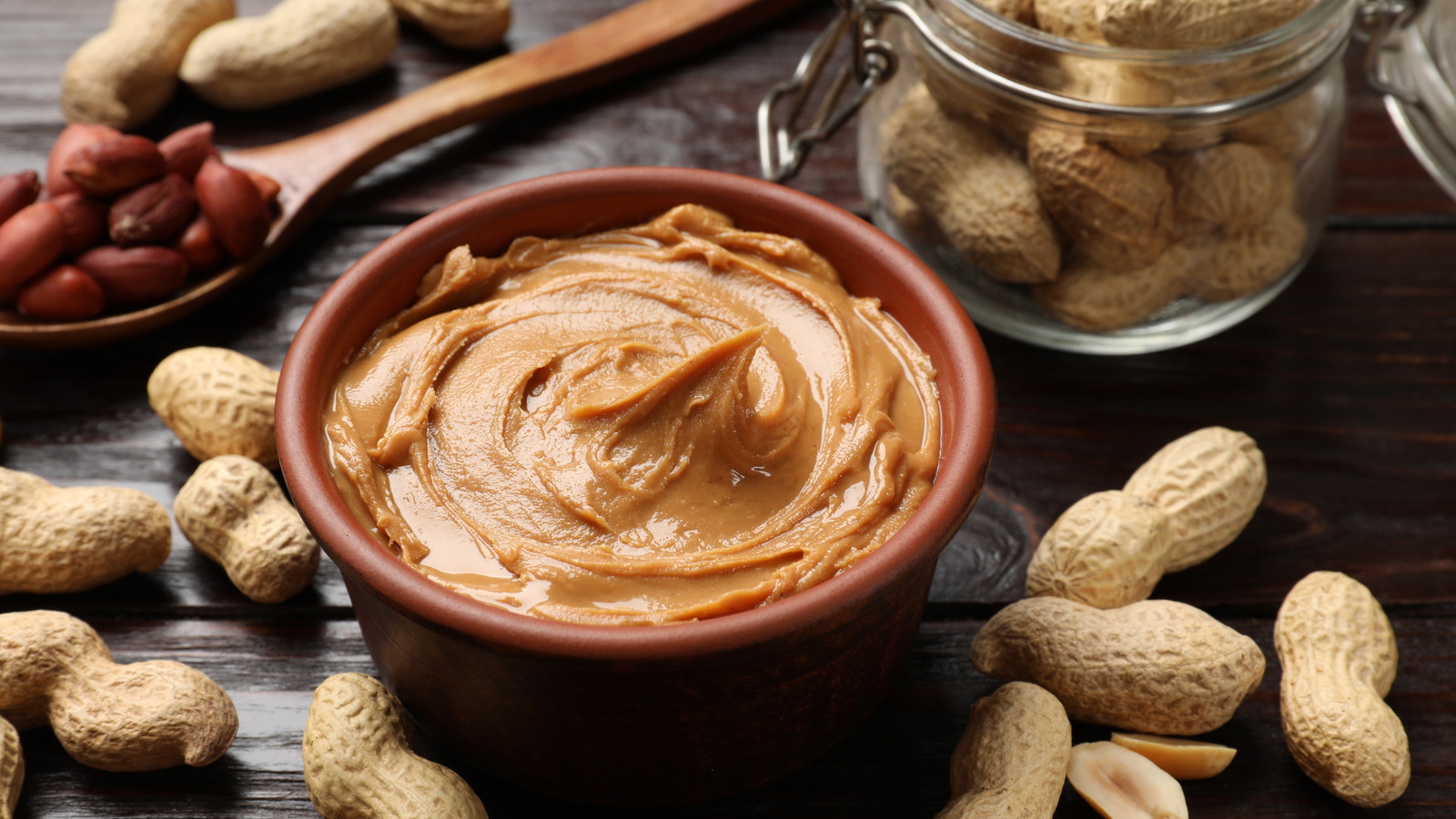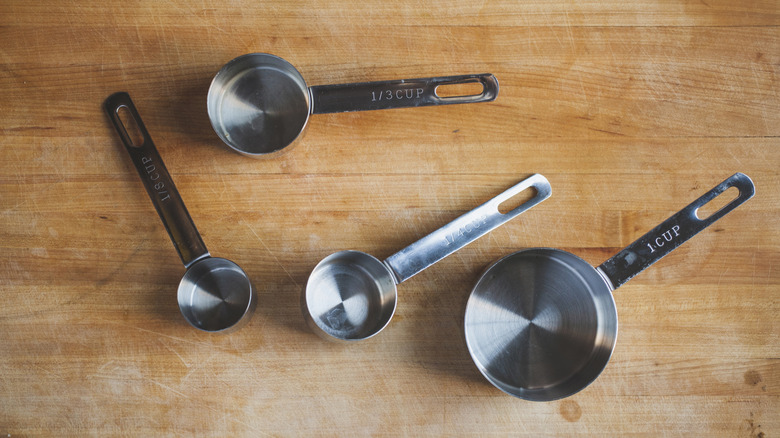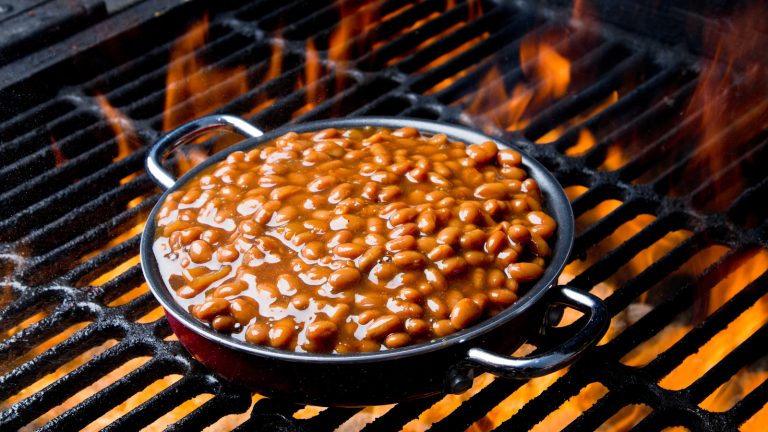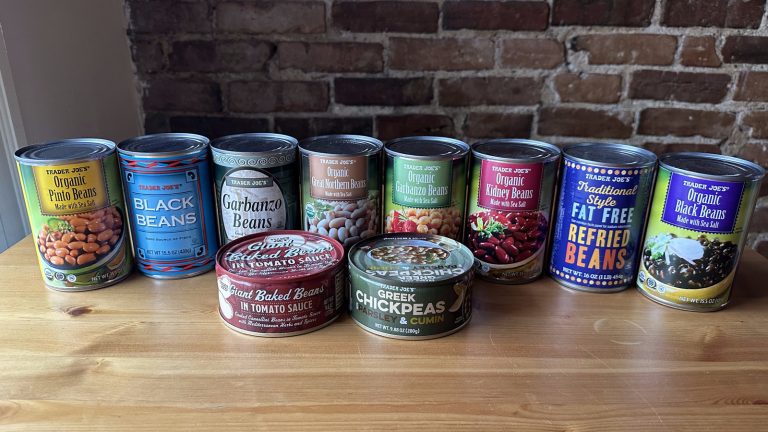We may receive a commission on purchases made from links.
Though its invention by George Washington Carver is one of many myths about peanut butter still popular today, the enduring popularity of this protein-rich toast topping is no tall tale. While modern North Americans are obsessed with the stuff, its earliest precursors originated among the Inca and Aztec peoples indigenous to Mexico and various parts of South America. However, whether hand-ground using traditional tools or scooped from a jar, the one thing that’s always remained true about peanut butter (other than its deliciousness) is its sticky texture.
Despite containing high amounts of natural oil, peanut butter is the bane of many bakers’ existences, as it’s notoriously difficult to measure. Whether you turn to tools specific to measuring liquids or dry ingredients, peanut butter has a tendency to take up residence in those tools and stay there until dislodged using a spoon or rubber spatula. Not only is this frustrating, it can also result in an inaccurate measurement if too much of the peanut butter gets left behind.
Fortunately, there’s an easy way to accurately measure this sticky ingredient that lets you skip the measuring cups and helps ensure your bakery-style peanut butter cookies bake up perfectly. All you have to do is weigh it. Just plop a bowl on top of your favorite food scale, subtract the weight of the bowl, and plop peanut butter into it until you reach the desired volume — scooping it from the bowl is faster and easier than digging it out of a narrow cup.
More methods to measure peanut butter with ease
If most of your recipes use volume instead of weight, you can still use the food scale method by converting your measurements, either by hand or using a tool online. However, if you find this process cumbersome or are concerned your recipe won’t turn out the same, there are a few techniques you can try to more easily measure out the right amount of peanut butter and other messy ingredients.
One of the most popular methods is using an adjustable measuring cup, such as the OXO Good Grips 2 cup adjustable measuring cup. These tools feature a clear, hollow cylinder marked with metric and US standard volume measurements, along with a plastic plunger that fits tightly inside. When measuring your peanut butter, simply align the flat top of the plunger with the right line on the cylinder. Fill the open space left in the cylinder, then push the plunger up to shove the peanut butter cleanly into your mixing bowl.
If all else fails and you must use a traditional scoop-shaped measuring cup, don’t worry — you can make these cups easier to empty by hitting the inside of them with a touch of nonstick spray or a light coating of oil. Just add a little of your oil to the cup, and then rub most of it away with a paper towel, leaving a slick film behind that will allow your peanut butter to slip right out and into your recipe.






